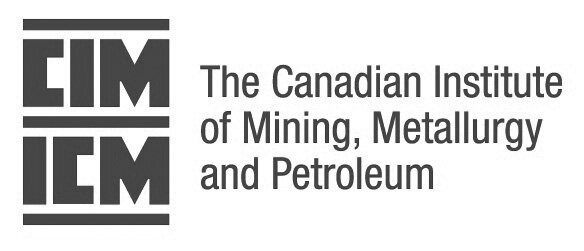CIM NI-43-101 Reporting Standard
The CIM NI 43-101 reporting standard is a widely recognized and respected framework for reporting and disclosing information related to mineral projects, including exploration, development, and production. Developed by the Canadian Institute of Mining, Metallurgy and Petroleum (CIM), it provides guidelines and requirements to ensure transparent, consistent, and reliable disclosure of technical and scientific information in the mineral industry. The NI 43-101 standard sets out the rules and guidelines for reporting on various aspects of mineral projects, including exploration results, mineral resources, and mineral reserves. Its primary objective is to protect investors and ensure that they receive accurate and reliable information to make informed investment decisions. The standard applies to companies listed on Canadian stock exchanges and is often voluntarily adopted by companies operating outside Canada to enhance transparency and meet international reporting standards.
Key elements of the CIM NI 43-101 reporting standard include:
Qualified Persons (QPs): The standard requires that all technical reports and disclosures be prepared or supervised by a Qualified Person (QP). A QP is an individual with appropriate education, experience, and professional standing, typically a geologist, engineer, or other qualified professional. The QP is responsible for ensuring that the information presented in the report is accurate, reliable, and in compliance with the standard.
Technical Reports: The NI 43-101 standard mandates the preparation of a technical report to disclose material information about a mineral project. The technical report provides a comprehensive overview of the project, including the geological setting, exploration activities, sampling and analysis methods, mineral resource and reserve estimates, and other relevant technical data. It must be prepared in a clear and concise manner, with appropriate references and supporting documentation.
Reporting Categories: The standard defines specific reporting categories for mineral resources and mineral reserves. These categories provide a common language for classifying and quantifying the potential and economic viability of mineral deposits. The categories include inferred resources, indicated resources, measured resources, probable reserves, and proven reserves, each with specific criteria and levels of confidence.
Reporting Standards and Practices: The NI 43-101 standard prescribes detailed requirements and best practices for reporting various aspects of mineral projects. It specifies the necessary data, sampling methods, quality control measures, and reporting formats to ensure consistency and comparability of information. The standard also outlines guidelines for reporting exploration results, metallurgical testing, environmental and social considerations, and economic assessments.
Technical Disclosure: Companies are required to disclose material information related to their mineral projects in a transparent and timely manner. This includes the release of news releases, technical reports, and annual filings that conform to the reporting standards outlined in NI 43-101. The objective is to provide investors with relevant and reliable information to assess the potential risks and rewards associated with investing in a mineral Project.
“The CIM NI 43-101 reporting standard has become widely adopted and respected within the mineral industry due to its rigorous requirements, focus on transparency, and commitment to maintaining high reporting standards. By adhering to this standard, companies can enhance investor confidence, foster credibility, and ensure the consistent and accurate disclosure of technical information related to their mineral projects.”


